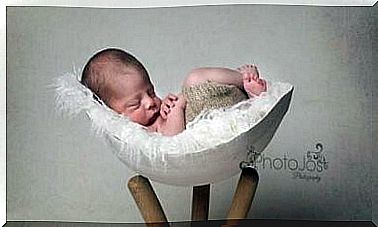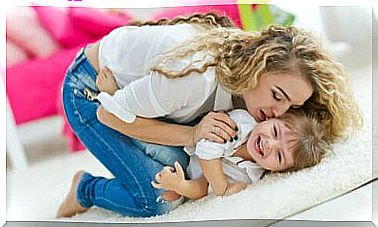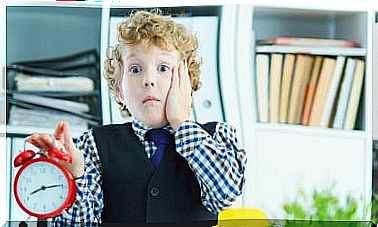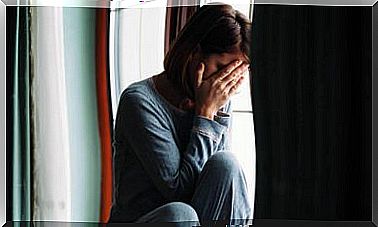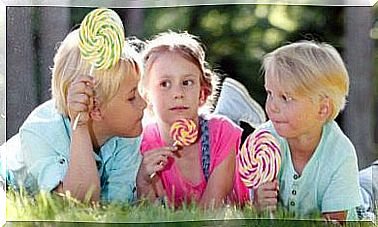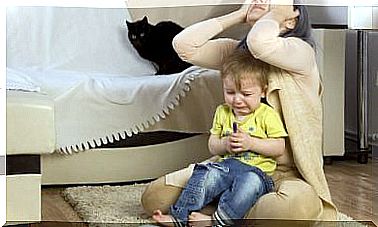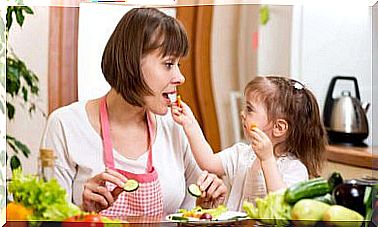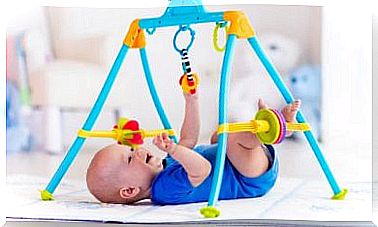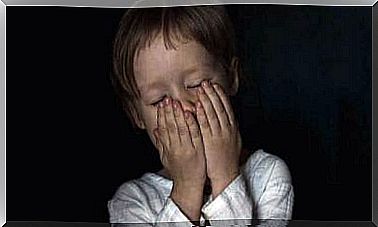Jaundice In Newborns
Jaundice is a common disorder in newborns. Luckily, in most cases it is a temporal and harmless condition that quickly disappears. But, what does it consist of and how can we detect and treat it? Stay on top of this article.
My baby, in his first days of life, has yellow skin, is this normal? Yes, and it’s likely jaundice. Don’t worry, it ‘s a very common temporal and harmless condition in newborns, something that disappears in the second week by itself or with light treatment.
About 50 to 60 percent of babies born develop jaundice during the first or second week of life. In fact, practically all newborns have this condition, but it is not always noticeable.
Although on rare occasions it is a cause for concern due to its seriousness, it is important to be aware of this. Find out in this article how to know if your baby has jaundice, how to treat the problem, and what consequences it can have for your child.
What is jaundice?
Jaundice is a frequent disorder in newborns, related to the yellowish color of the skin and sclera. It is caused by an excess of bilirubin in the blood, a product of the normal breakdown of red blood cells.
Bilirubin is normally processed in the liver, eliminated in the form of bile, and excreted through the intestines in the feces. However, when it is produced too quickly and the newborn’s liver cannot break it down and eliminate it, jaundice arises.
To conclude, jaundice is the result of the liver’s lack of maturation and adaptation after the series of changes that occur during the first days of a baby’s life. Bilirubin then deposits in various organs, mainly on the skin, giving it a yellow tint.
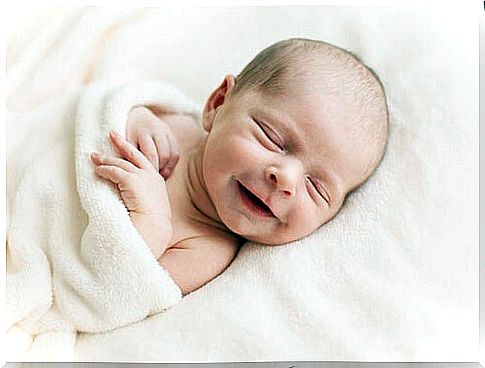
How do I know if my baby has jaundice?
Jaundice can be detected by parents, but to do so, they must be aware of any changes in the color of the skin, the whites of the eyes (sclerotic) and the oral mucosa of newborns.
For this, it is recommended to parents, as the most reliable method of detection, the close observation of the newborn under natural light or in a room lit with fluorescent lamps.
If there are still doubts, you can gently press the tip of the child’s nose, forehead or chest. If by doing this the skin is its natural color, there is no jaundice, but if a yellowish tinge is observed, contact a physician.
Can jaundice harm your child?
The reality is that yes, physiological jaundice can harm the newborn, but only when the bilirubin reaches very high levels in the blood, making it dangerous for the child’s health.
It is worth clarifying that the level of bilirubin represents a risk for the child depending on their age, weight and other associated medical conditions. To find out about this data, a simple laboratory test is carried out where only a small blood sample is needed.
However, to investigate and clarify the causes why the child has this increase in bilirubin, there are different alternative tests that must be integrated into the clinical history in order to carry out a timely medical evaluation.
Can I breastfeed the baby with jaundice?
There is no contraindication to breastfeed a child with physiological jaundice, although on occasions, no doubt, this causes a possible prolongation of this condition. If so, the pediatrician may recommend temporarily suspending breast milk.
In these cases, maternity specialists point out that it is convenient to use suction pumps to stimulate milk production, in order to be able to later restart breastfeeding with the mother’s breast.
However, it is always recommended to consult your doctor immediately so that you can be guided and take the necessary measures to diagnose and treat jaundice in a timely manner.
How is jaundice treated?
If the bilirubin levels are slightly increased, no special treatment is necessary and a daily exposure to the sun, for at least 15 to 20 minutes, is sufficient, preferably behind a window.
This method is chosen due to the fact that the newborn’s skin is extremely delicate, which is why solar radiation can easily degrade the bilirubin molecules and help in their rapid elimination.
On the contrary, if these levels are a little more alarming, a treatment called phototherapy is used, indicated and supervised by the pediatrician. For this, special lamps are used, so the child must remain in the hospital for a few days.
Changing the child’s blood is rarely used to eliminate bilirubin as this procedure is restricted to special conditions. This intervention must be performed in a hospital and under the orders of a pediatrician.
